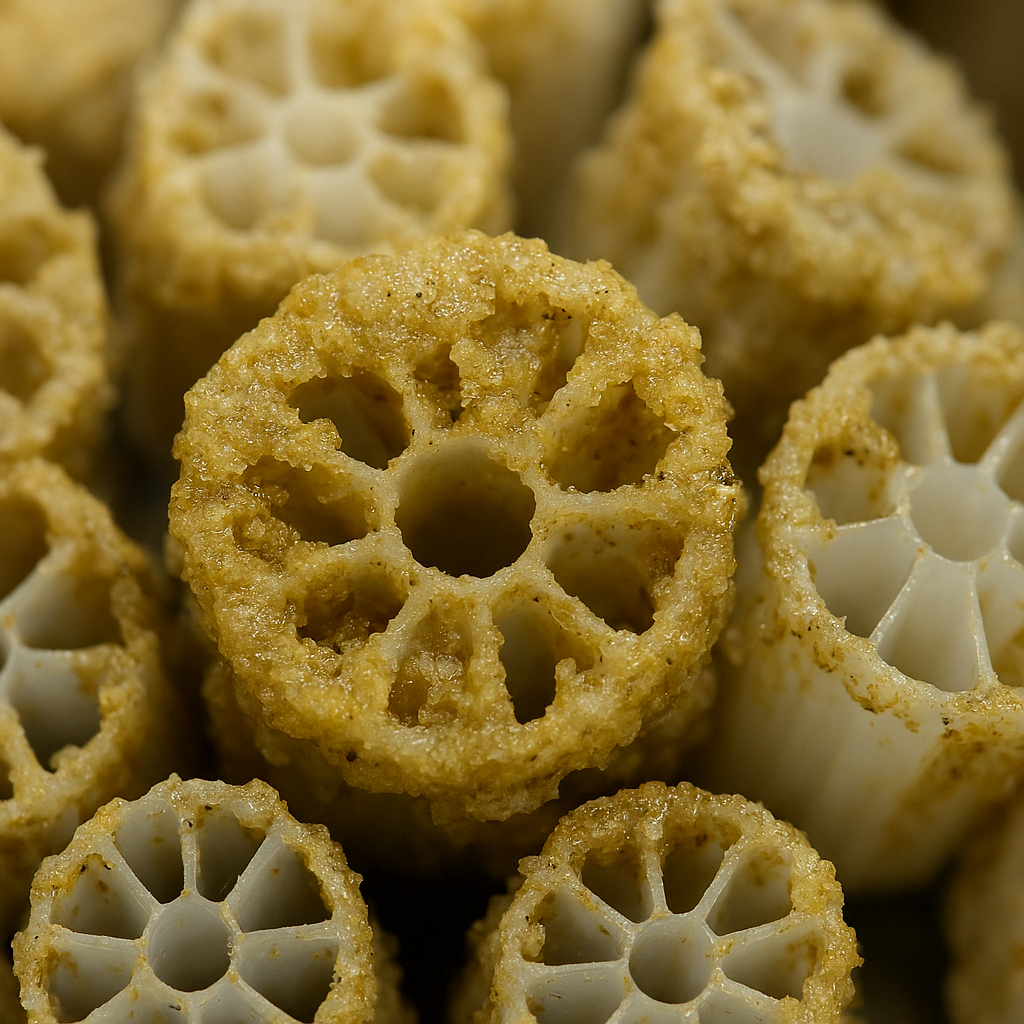
Wastewater treatment plants (WWTPs) are increasingly required to meet stringent inorganic nitrogen discharge limits, necessitating reliable year-round ammonia oxidation and denitrification. Integrating biofilm-based technologies, such as Moving Bed Biofilm Reactors (MBBR), offers a proven solution for enhancing nitrification, especially under cold-weather conditions.
What is MBBR?
MBBR is an advanced biological process that utilizes suspended carriers—typically high-surface-area plastic or organic media (500 m²/m³ or higher)—to support biofilm growth. These carriers provide a stable environment for nitrifying bacteria, enabling efficient conversion of ammonia (NH₄⁺-N) to nitrate (NO₃⁻-N). Unlike conventional activated sludge, MBBR combines the benefits of fixed-film and suspended growth systems, allowing for higher biomass retention and improved process stability.
Cold Weather Performance
Nitrification rates decrease significantly with lower temperatures, often halving for every 10°C drop below 20°C. This presents a challenge for WWTPs in regions with winter temperatures below 10°C. MBBR addresses these challenges by:
- Enhanced Biomass Retention: Biofilms on carriers maintain high concentrations of slow-growing nitrifiers, allowing for extended solids retention times (SRT) without the need for sludge recycling.
- Protection from Washout: Attached growth protects bacteria from hydraulic shear and temperature fluctuations, supporting acclimatization and process resilience.
- Improved Oxygen Transfer: Aeration ensures optimal mixing and dissolved oxygen (DO) availability, supporting aerobic nitrification.
- Compact, Retrofit-Friendly Design: MBBR systems can be retrofitted into existing tanks or lagoons, typically with media fill ratios of 50–65%.
MBBR systems have demonstrated reliable nitrification down to 1–4°C, often outperforming conventional activated sludge processes without the need for supplemental heating.
Design Considerations
- Media Selection & Loading: Use carriers with 500–800 m²/m³ surface area. For cold climates (<5°C), design for nitrogen loadings of 0.1–1.0 g N/m²·d to prevent overload.
- Aeration & DO Control: Maintain DO levels at 2–4 mg/L. Use sieves to retain media within the reactor.
- Hybrid Approaches: Consider integrating MBBR with IFAS (Integrated Fixed-Film Activated Sludge) for enhanced denitrification or partial nitrification/denitrification.
Key Benefits for WWTPs
- Retrofit capability for existing infrastructure
- 20–50% smaller footprint compared to activated sludge
- Lower energy consumption (no heating required)
- Robust performance under variable loads and cold conditions
Conclusion
MBBR technology provides WWTPs with a reliable, energy-efficient solution for meeting stringent nitrogen limits, especially in cold climates. Its ability to maintain high nitrification rates and process stability makes it an attractive option for both new installations and retrofits.
Summary Table
| Feature | MBBR | Activated Sludge |
| Biomass Retention | High (biofilm on carriers) | Moderate (suspended flocs) |
| SRT | Long (no recycling needed) | Controlled by recycling |
| Cold Weather Resilience | Excellent | Poor to moderate |
| Footprint | Small | Large |
| Energy Use | Lower | Higher |
| Retrofit Potential | Easy | Moderate to difficult |
